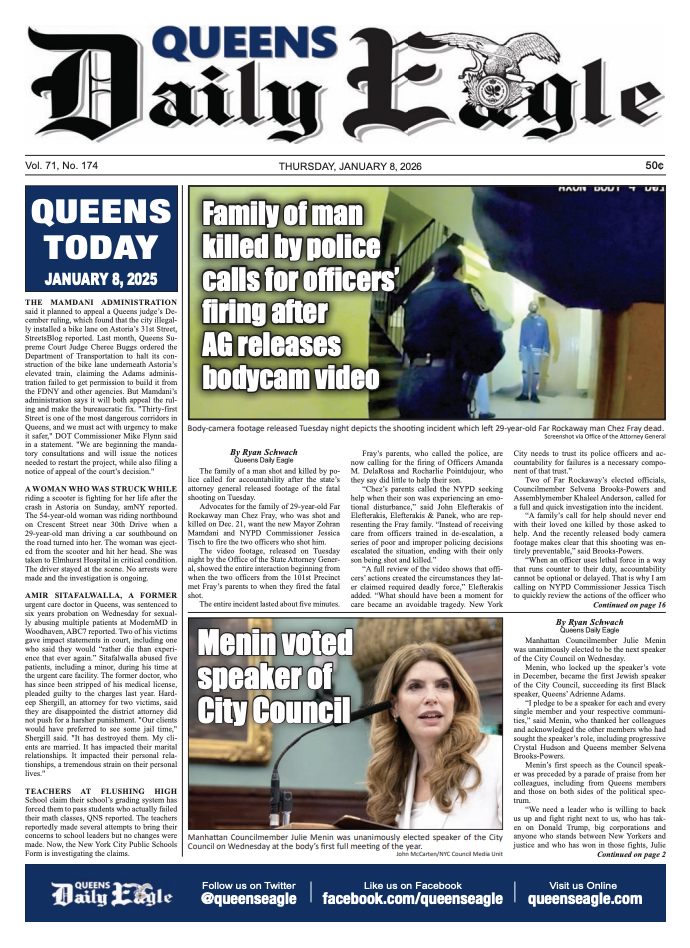City’s DNA database swells as cops log New Yorkers’ genetic material
/The NYPD feeds a massive DNA database with genetic samples collected from suspects, including people never charged with a crime. Photo via Flickr.
By David Brand
A controversial DNA database constructed by the NYPD has expanded to include more than 82,000 samples as cops acquire genetic material from convicted felons, criminal suspects and people who were never even charged with an offense.
The 82,473-sample database maintained by the Office of the Chief Medical Examiner increased by nearly 19,000 entries since July 2017, according to data obtained by the Legal Aid Society through a Freedom of Information Law request.
The database is fed by NYPD officers who obtain DNA samples after a person is convicted of a crime. Officers also collect DNA from people who are merely called in for questioning. When an individual smokes a cigarette or takes a sip of water in a police precinct, the DNA left on those items is fair game for cops to collect.
After the murder of Howard Beach resident Karina Vetrano in Aug. 2016, NYPD officers conducted a DNA dragnet to obtain genetic samples from more than 300 black and African-American men in and around Howard Beach. Though those DNA samples played no role in cracking the case, the men’s genetic samples remain stored in the OCME’s office.
The NYPD contends that the database is a vital resource for solving crimes, including cold cases, but civil rights advocates say the the DNA log lacks oversight and ensnares people — predominantly people of color — who have no idea there genetic material has been filed by the city.
“Through the NYPD’s rampant collection of DNA, the OCME now has a completely unregulated databank of profiles from New Yorkers, including those who have never been convicted of a crime,” said Legal Aid’s DNA Unit supervising attorney Terri Rosenblatt, supervising attorney of the DNA Unit at The Legal Aid Society. “Like other surveillance technologies employed by local law enforcement, this collection of DNA overtly targets communities of color and furthers the divide between the Department and over-policed neighborhoods.”




